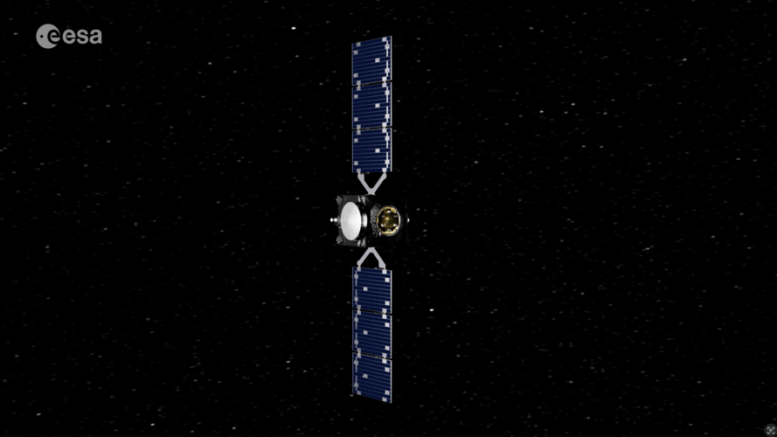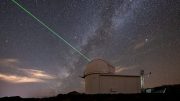What a difference a year makes! Today Hera’s asteroid mission for planetary defence is cruising through deep space on the far side of the Sun, headed to its final destination: the Didymos binary asteroid system. But a year ago, on 7 October 2024, it was unsure if the mission was ever going to take off at all.
Its launcher was grounded due to a launch anomaly and Hurricane Milton was closing on Cape Canaveral! The mission needed to lift off then and there because it had to perform a flyby of Mars to speed it on its way to Didymos. Any delay would add years to its travel time. But Hera received permission for launch and the heavens cleared just half an hour before launch. Liftoff happened to plan – the team had their mission in space!
Since then Hera has been testing out the ‘self-driving’ technology it will use around the asteroids on Earth and the Moon, performed its flyby of Mars and imaged its very first asteroid from three million kilometres, proving the capability of its main Asteroid Framing Camera. Next Hera is heading for aphelion, its furthest distance from the Sun. It will reach Didymos in autumn 2026, after which it will begin its mission to find out what happened to the smaller asteroid after NASA’s DART spacecraft impacted it in September 2022.
Source: ESA









Be the first to comment on "Hera’s first year in space"